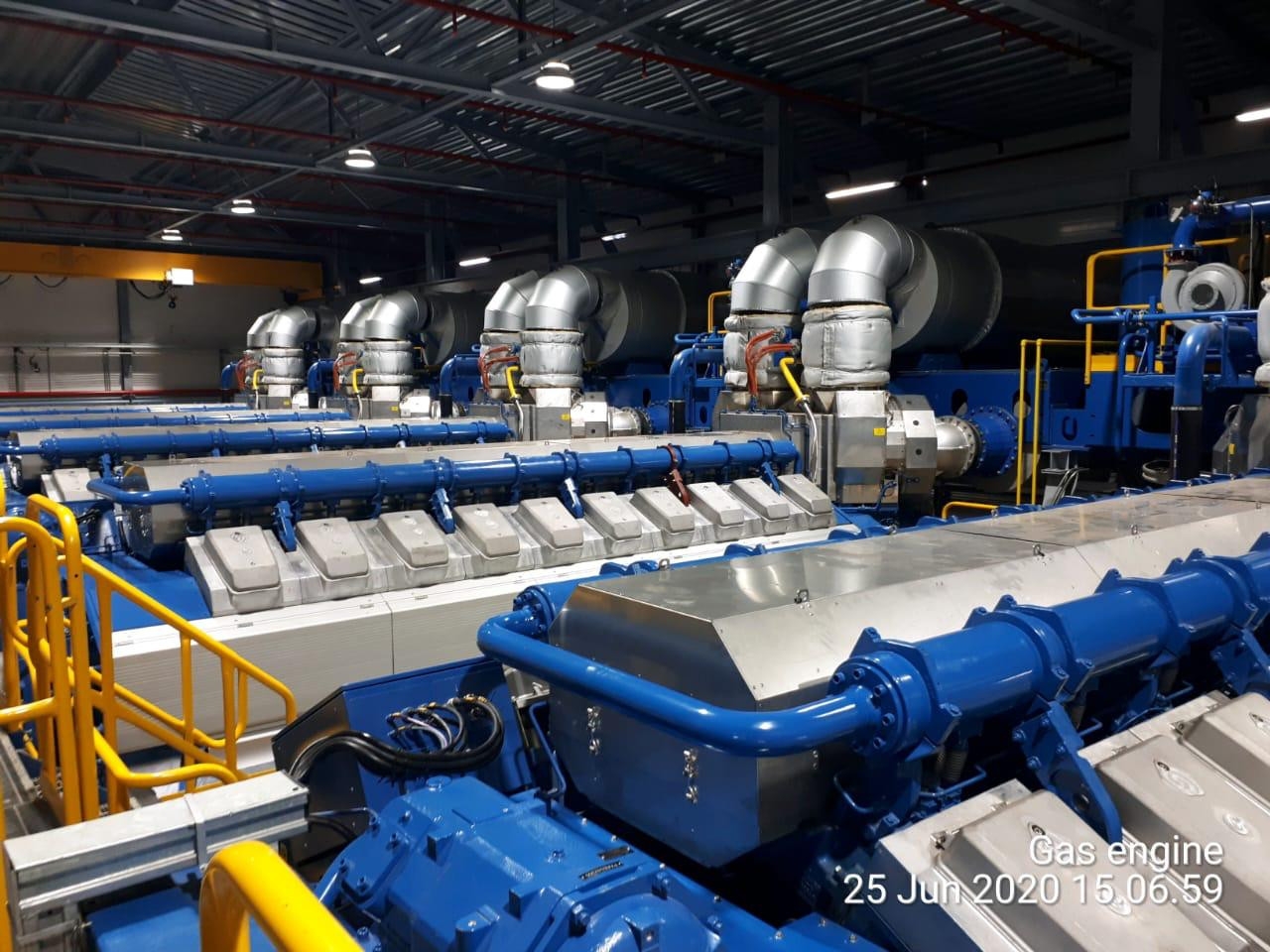RoK firm invests in building thermal power plant in Indonesia
 |
| The new 10 Megawatt gas-fired power plant (PLTMG) is pictured in Timika town, Mimika, Papua, on June 25. (photo: PLN/PLN/ thejakartapost.com) |
Jakarta - PT Hanlim Power Corporation, the arm of a Republic of Korean company in Indonesia, plans to build a 4,800 MW gas-fired power plant in Batubara regency, North Sumatra, which is touted to be the largest in the province.
The company signed a deal with North Sumatra Governor Edy Rahmayadi on August 26 to expedite the issuance of land and administrative permits for the plant, which will power is the Sei Mangkei Special Economic Zone (SEZ) and Kuala Tanjung Industrial Zone.
“This deal marks the first step to beginning construction,” Hanlim chairman Paul Han R Lee.
Construction will begin in January 2021 at the latest, Edy said. The plant will be built in three equal stages of 1,600 MW each and is slated for full-capacity operations before Edy’s term ends on September 5, 2023.
He noted that the plant’s power would be directly distributed to the two zones, a decision that circumvents the legally sanctioned distribution monopoly of electricity giant PLN.
The state-owned firm has been unable to guarantee the distribution of the plant’s power as it had not finished its latest electricity procurement plan (RUPTL), Edy explained, adding that Hanlim would have moved the project to Vietnam unless development began soon.
The North Sumatra governor expects the plant’s operations to attract 250 investors, which would, in turn, create more job opportunities for the locals. The province has 345,000 unemployed residents, according to latest Statistics Indonesia (BPS) data.
Indonesia is banking on several SEZs and industrial zones to stoke the growth of domestic industries, which has seen its share of gross domestic product (GDP) steadily decline over the past few decades.
What the stars mean:
★ Poor ★ ★ Promising ★★★ Good ★★★★ Very good ★★★★★ Exceptional
Related Contents
Latest News
More News
- 72 nations sign landmark Hanoi cybercrime convention (October 26, 2025 | 18:00)
- UN Secretary-General commends Vietnam’s global leadership (October 26, 2025 | 09:00)
- APEC finance ministers convene to tackle regional challenges (October 22, 2025 | 17:31)
- Rewiring global trade: ASEAN’s rise as supply chain hub (October 17, 2025 | 11:40)
- Vietnam attends first World Nuclear Week Forum in Russia (September 26, 2025 | 10:50)
- Vietnam attends 69th session of IAEA General Conference (September 16, 2025 | 10:00)
- ADB, WB pledge over 12 billion USD for ASEAN power grid, renewable energy projects (August 15, 2025 | 14:18)
- Lowy Institute proposes AI-based tobacco control solutions for ASEAN (August 15, 2025 | 14:14)
- Cloud computing policy to position Malaysia as regional hub by 2030 (August 15, 2025 | 14:11)
- Thailand, Cambodia suffer numerous cyber attacks (August 05, 2025 | 16:19)

 Tag:
Tag:




















 Mobile Version
Mobile Version